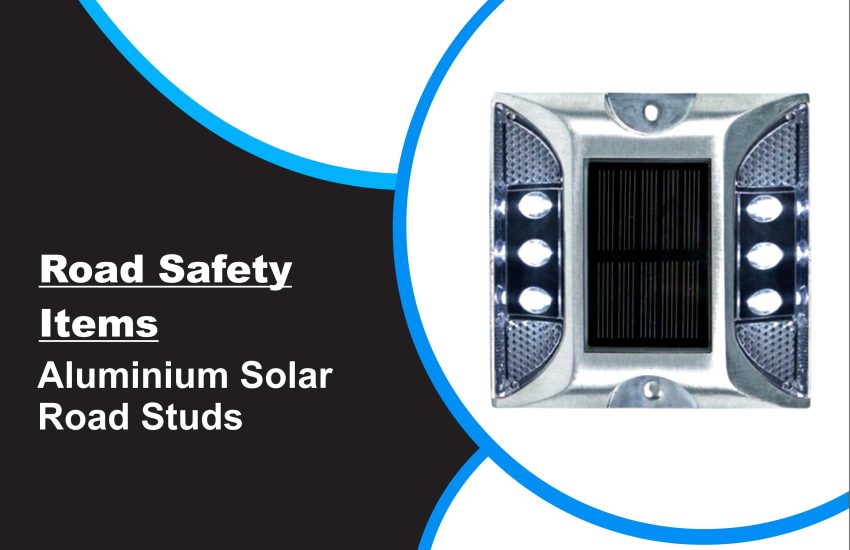Aluminium Solar Road Studs Road safety is a top priority in urban planning, and Wistron HT-RS-SA1 aluminium solar road studs are engineered to deliver exceptional performance. These solar-powered markers are ideal for highways, intersections, pedestrian zones, and parking lots, providing brilliant illumination and rugged durability. Designed to operate in tough environments, they help reduce accidents and guide traffic effectively.
Key Specifications and Features
Efficient Solar Power Supply
At the core of the Wistron HT-RS-SA1 is a monocrystalline solar panel (2.5V/120mA). It is paired with a 1.2V/600mAh Ni-MH battery, ensuring reliable energy storage and long operating hours.
Bright, Multi-Colored LED Lights
Each unit contains 6 ultra-bright Φ5mm LEDs, available in Yellow, White, Red, Green, and Blue. Furthermore, it supports both flashing and constant light modes, offering flexibility based on the traffic environment. The light is visible from over 800 meters, enhancing driver awareness even in fog or rain.
High Durability and Waterproof Design
The body is made from high-pressure casting aluminium alloy, capable of withstanding static pressure greater than 20 tons. Moreover, its IP68 waterproof rating ensures flawless performance under heavy rain, flooding, or snow. This makes it ideal for both city streets and remote roads.
Long-Lasting Performance
With a lifespan of 3 to 5 years, this solar road stud is a cost-effective, eco-friendly alternative to traditional reflectors. In flashing mode, it can operate for over 200 hours, while in steady mode, it lasts up to 72 hours on a full charge.
Dimensions
- Size: L105mm x W105mm x H25mm
Compact yet strong, this size allows easy installation without compromising strength or visibility.
Working Principle
During daylight, the solar panel charges the internal battery. At night, the LEDs activate automatically in either blinking or constant mode. This automatic function ensures minimal maintenance and consistent safety lighting throughout the year.
Installation Guidelines
Proper installation is crucial to ensure performance and safety. Follow these steps:
- Identify the Installation Points
Mark the precise spots where road studs will be placed. The recommended spacing is:- Highways: every 5–8 meters
- Regular roads: every 3–5 meters
- Parking lots, gardens, or hazard zones: every 0.5–2 meters
- Clean the Surface Thoroughly
Use a brush or blower to clean and dry the surface, ensuring the adhesive bonds well. - Apply Adhesive Evenly
Place glue uniformly on the stud’s bottom. Align it carefully and press it down firmly. - Double-Check Alignment
Within the first 2 hours, verify that all studs are straight and not deformed due to compression. - Allow Time to Set
Let the adhesive cure for at least 4 hours. After 6–8 hours, remove any isolation barriers used during the installation process.
Ideal Applications
- Highways and motorways
- City streets and rural roads
- Tunnels and bridges
- Industrial complexes
- Resorts, parks, and public walkways
- Parking lots and private driveways
These solar studs are especially useful in low-visibility areas or zones that require enhanced night-time safety.
Why Choose Wistron HT-RS-SA1?
Unlike conventional reflectors, this solar-powered road stud is autonomous, environmentally friendly, and ultra-durable. It offers:
- High visibility in all weather conditions
- Minimal maintenance with solar charging
- Long-lasting operation and high load resistance
- IP68 waterproof protection
- Easy installation and dependable performance
Conclusion
If you’re seeking reliable, waterproof, and high-performance aluminium solar road studs, the Wistron HT-RS-SA1 is a proven solution. Its combination of cutting-edge solar technology, rugged construction, and high-visibility LED lighting makes it a smart investment for public safety and infrastructure development.


